You Got It!
New Philosophy of Kendo
MAKOTO SENSEI'S KENDO VIDEO LESSONS
FOR THOSE WHO ARE GOING FOR
4-DAN, 5-DAN, 6-DAN AND 7-DAN
Know the essence of kendo.
“Strengthen your mind and body, and grow as a person”
Do you want to know kendo's true teachings, practiced by Japanese kendo practitioners who aspire to bushido?
The art of kendo involves two people competing against each other by putting on kendo gear and using a shinai (bamboo sword) to strike. Each person reads their opponent's movements and tries to strike their opponent in specific areas, earning points for each effective strike.
In order to make an effective strike, it is essential to understand the mechanism of interpersonal offense and defense by learning the fundamental movements.
People who practice kendo are told from the beginning that “fundamentals are important” and spend a lot of time and effort on the fundamentals. However, a lot of kendo practitioners find themselves struggling to perform satisfying strikes.
Will you go on forever not knowing the truth?
Or will you take the step forward to improve as a kendo practitioner?
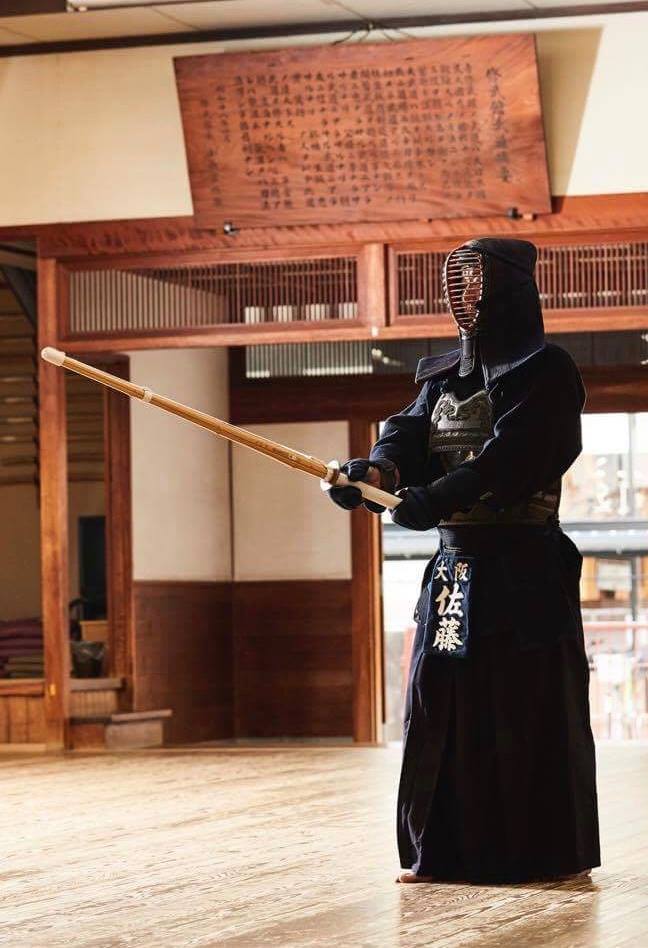
An Effective Method to Improve at Kendo
How this video will help you
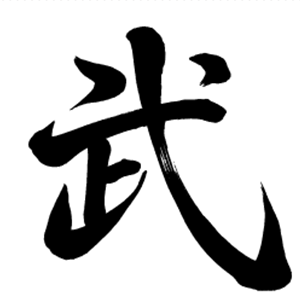
Bushido Knowledge
You will be able to perform techniques from bushido, bringing together the mind, sword, and body as you learn the basics of a true kendo practitioner.
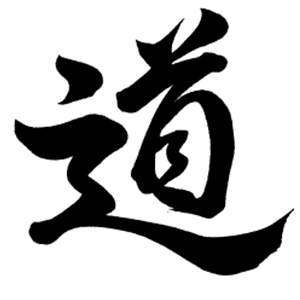
Consistent Kendo Improvement
Because you’ll learn how to consistently improve, you’ll comfortably and efficiently level up as a kendo practitioner.
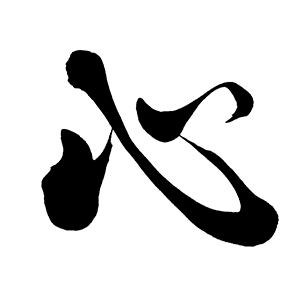
The Spirituality
You will be able to train your mind and body through understanding the spirituality that has been nurtured over many centuries in Japan and influenced the art of kendo.
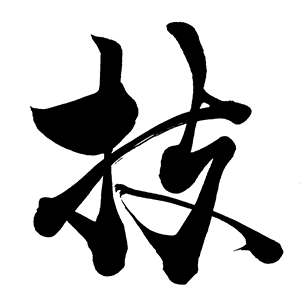
Strikes That Don’t Feel Right
You will learn how to execute a satisfying strike. Many kendo practitioners know the definition of a good strike, but not many know how to perform it. You will learn skills rarely taught in English that will change the way you practice strikes.
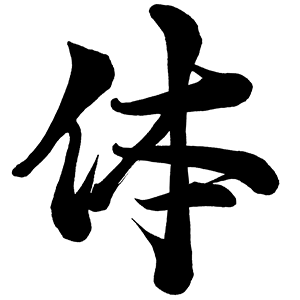
Beautiful Movements
You can learn the beautiful and smooth movements of kendo easily, even as you get older.
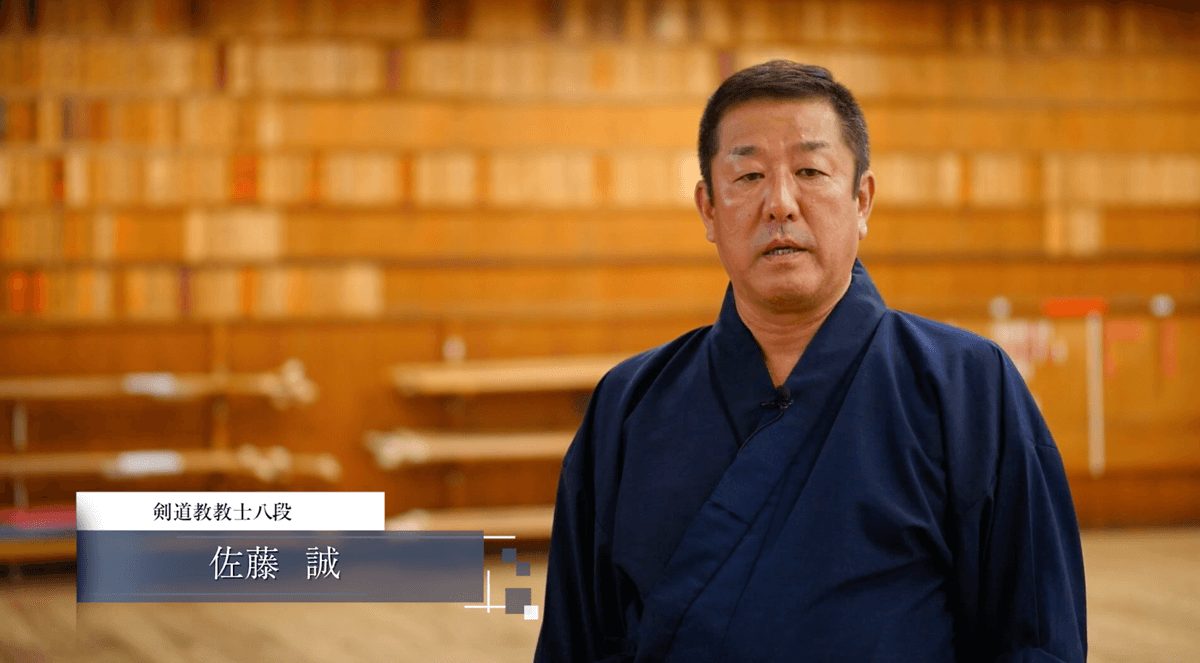
Makoto Sato Sensei
8-Dan (Kyoshi) Osaka Kendo Federation Vice President
After becoming an 8-dan, Makoto Sensei has taught many kendo practitioners the essence of kendo. He focuses on “bushido”, which strengthens the mind and body, and has been highly regarded not only in Japan but around the world. In addition, he was a member of a city council in Japan and currently holds kendo 8-dan kyoshi while running a kendo equipment store. He is also the Vice President of the Osaka Kendo Federation.
Contents
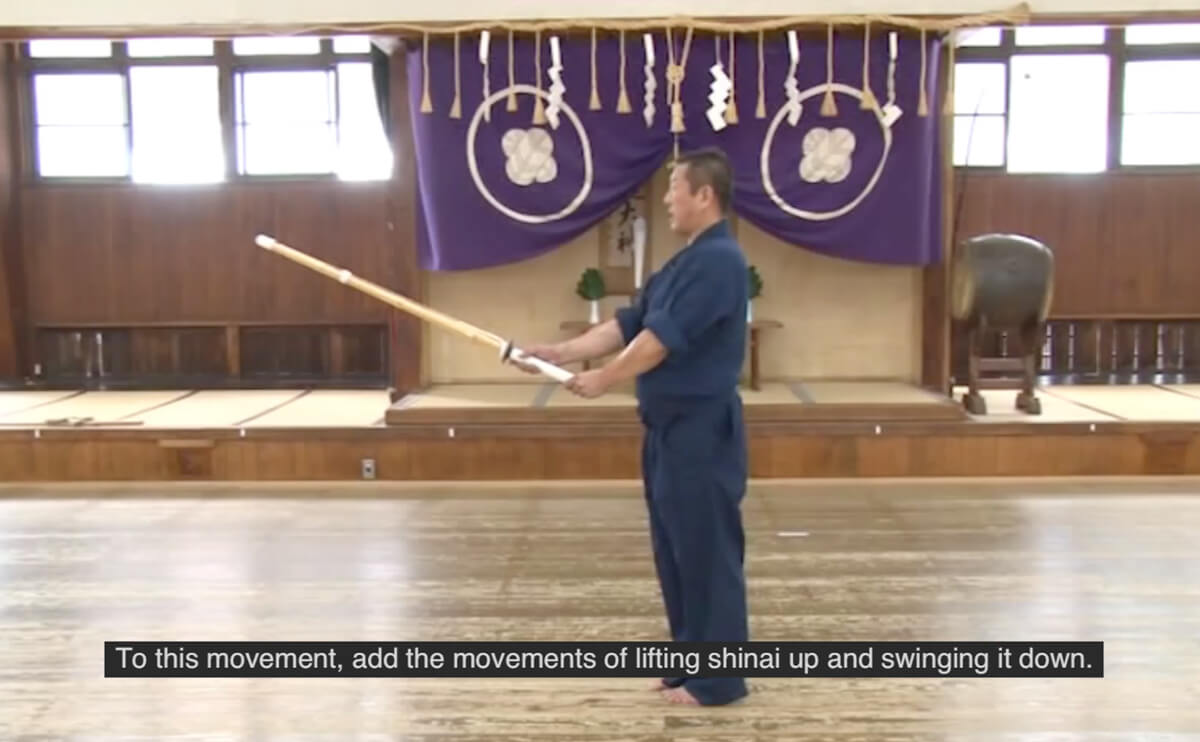
Principles of Striking
How to Hold a Shinai (Bamboo Sword)
What is the proper way to hold a Shinai?
The grip on the shinai is very important because it affects the stance, strike, and sharpness of impact. To improve, you need to revisit this foundation several times. You will learn the fundamentals of kendo—how to hold a shinai, how to move the body, and how to strike—in detail.
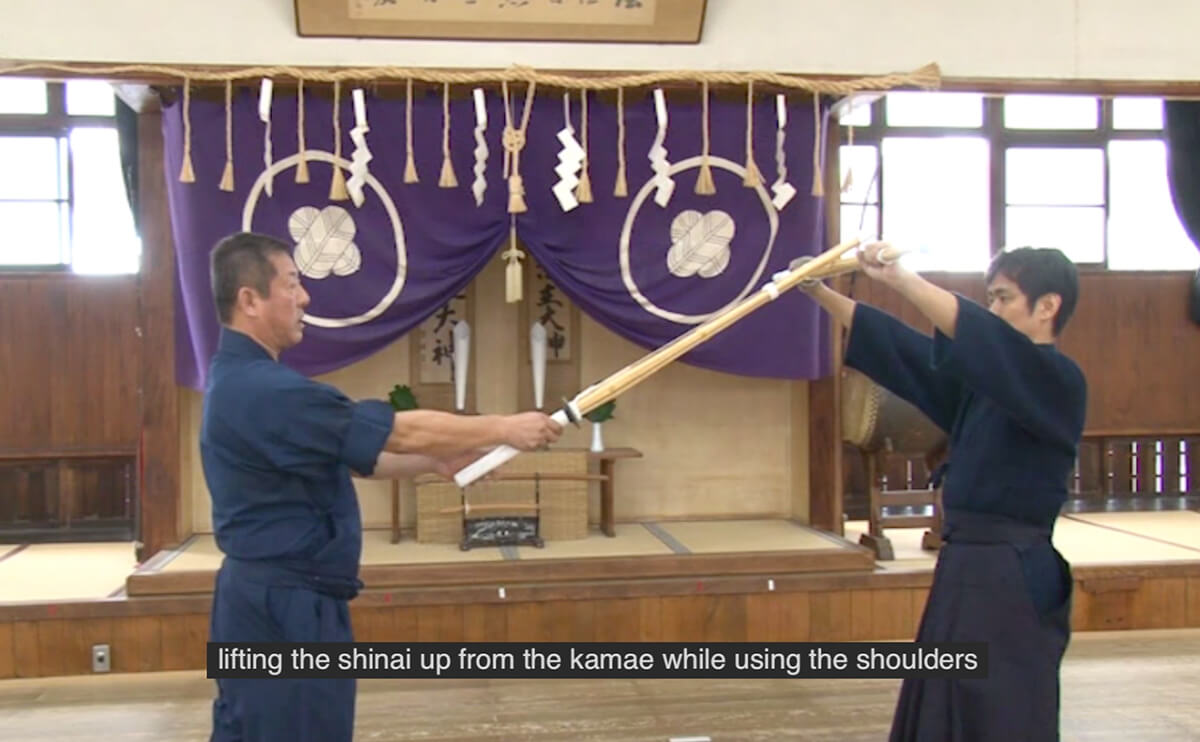
Surikaburi:
learn a single-motion striking
By acquiring the proper body movements, it is possible to consistently make powerful strikes. “Surikaburi” is the name of a method that makes this possible. Surikaburi has solved the problems of many kendo practitioners.
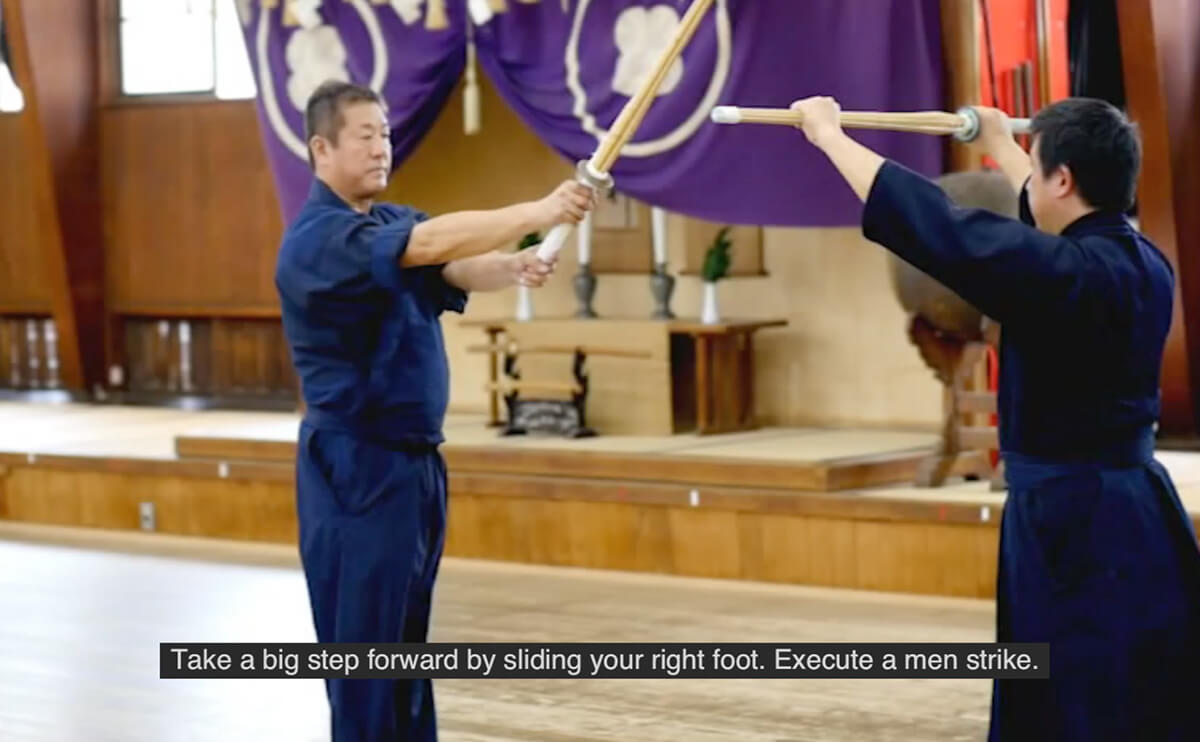
Strike with Surikaburi,
Focusing on the Core of Your Body
Your core supports your posture, and you can achieve a stable impact by becoming aware of your core. Stand up firmly and strike your target with the surikaburi method. By being aware of your core, which balances the body, you can achieve a more vigorous strike and acquire the correct kendo posture.
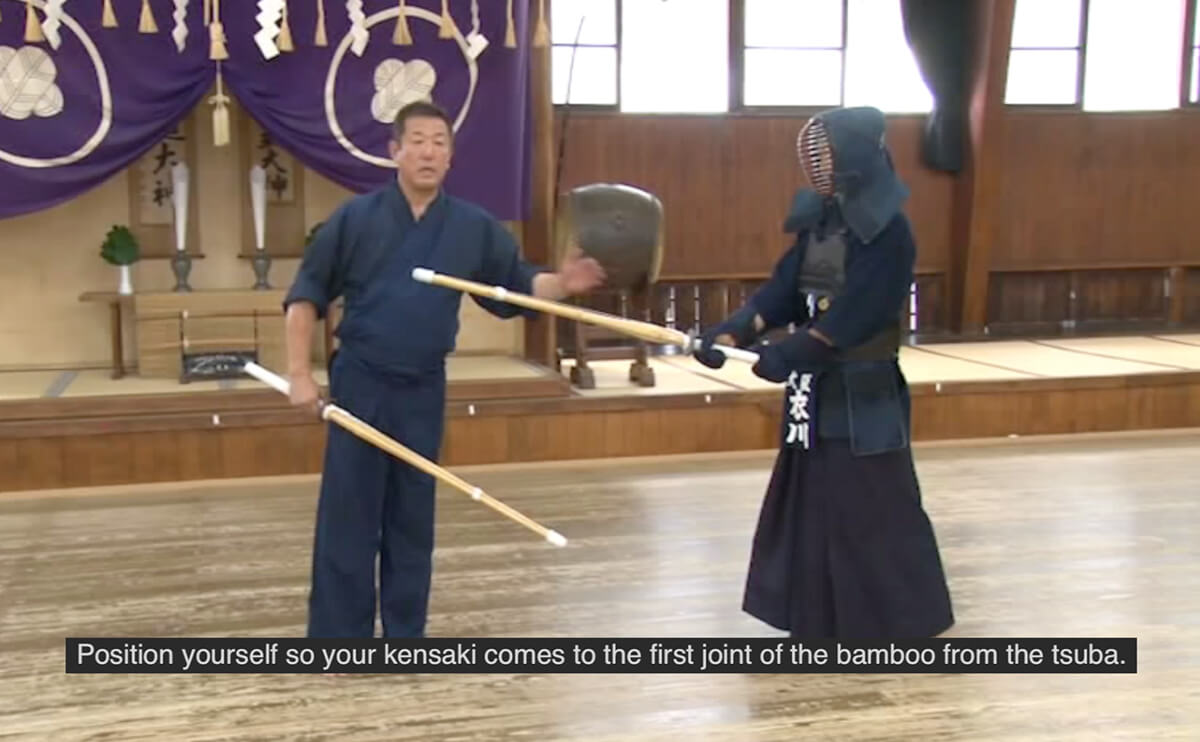
Bigger, Slower Strikes
Once you put your armor on, you may suddenly find yourself unable to do things you used to do without it. With your armor on, while utilizing the surikaburi method and being aware of your core, you will learn to execute big and slow strikes. Later, you will learn to make small, slow strikes.
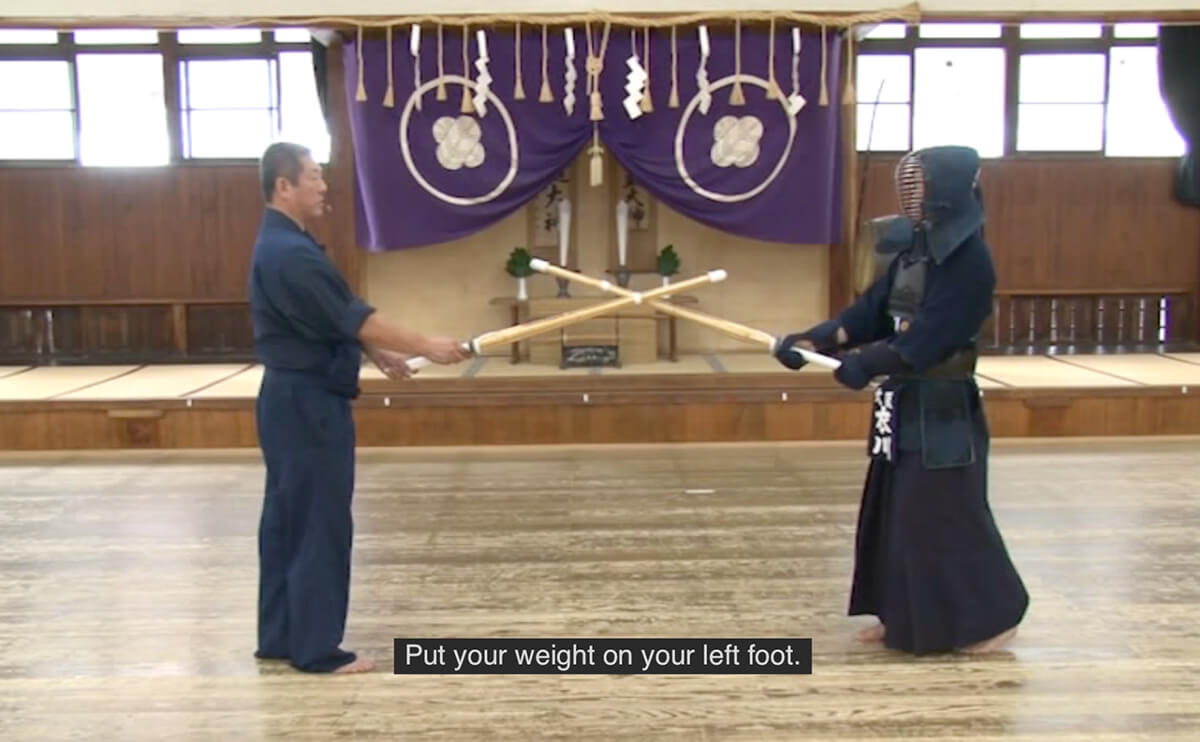
Footwork:
Sharp strike leading with the right foot
Footwork is one of the important elements of kendo. It has even been said that you won’t improve as a kendo practitioner if you neglect footwork. With good footwork, you can execute a seme without breaking your posture. You will practice striking while paying special attention to footwork.
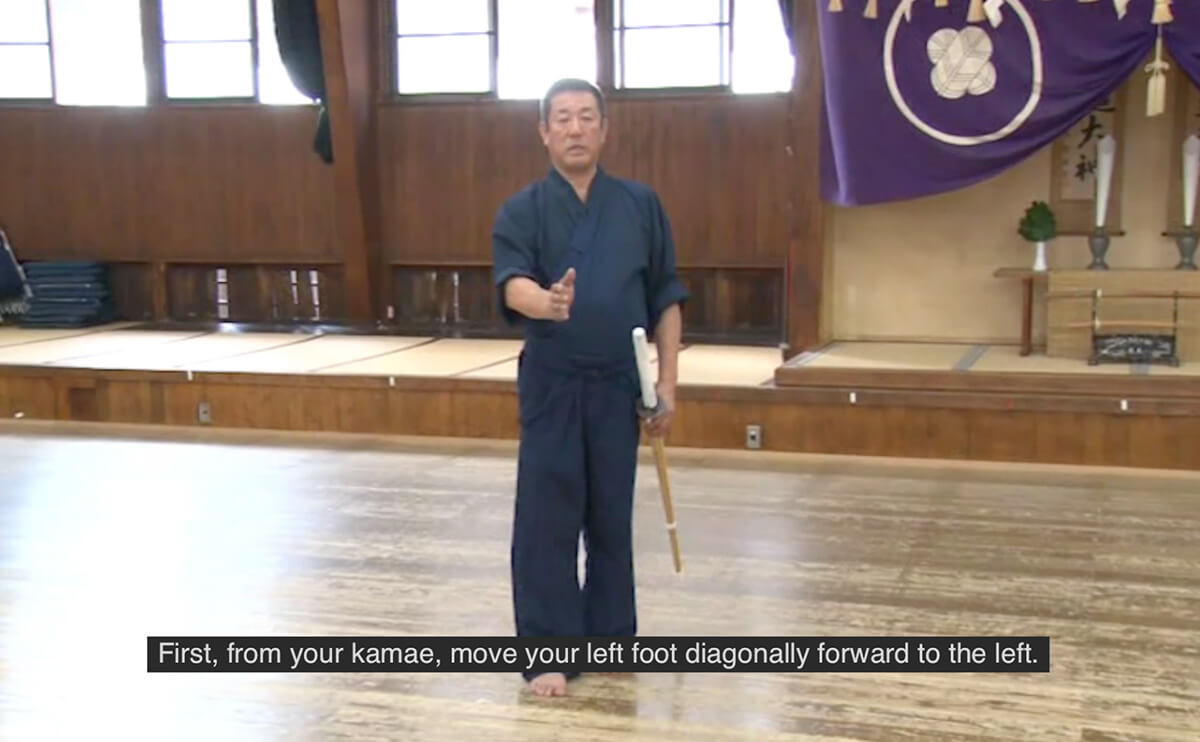
Single-Motion Strike
Accompanied by Footwork
You will learn how to move your body properly by paying attention to your footwork. I will explain a sequence of movements, starting with the right foot and paying attention to snapping up your left foot. By learning the optimal footwork, you can execute powerful strikes and thrusts.
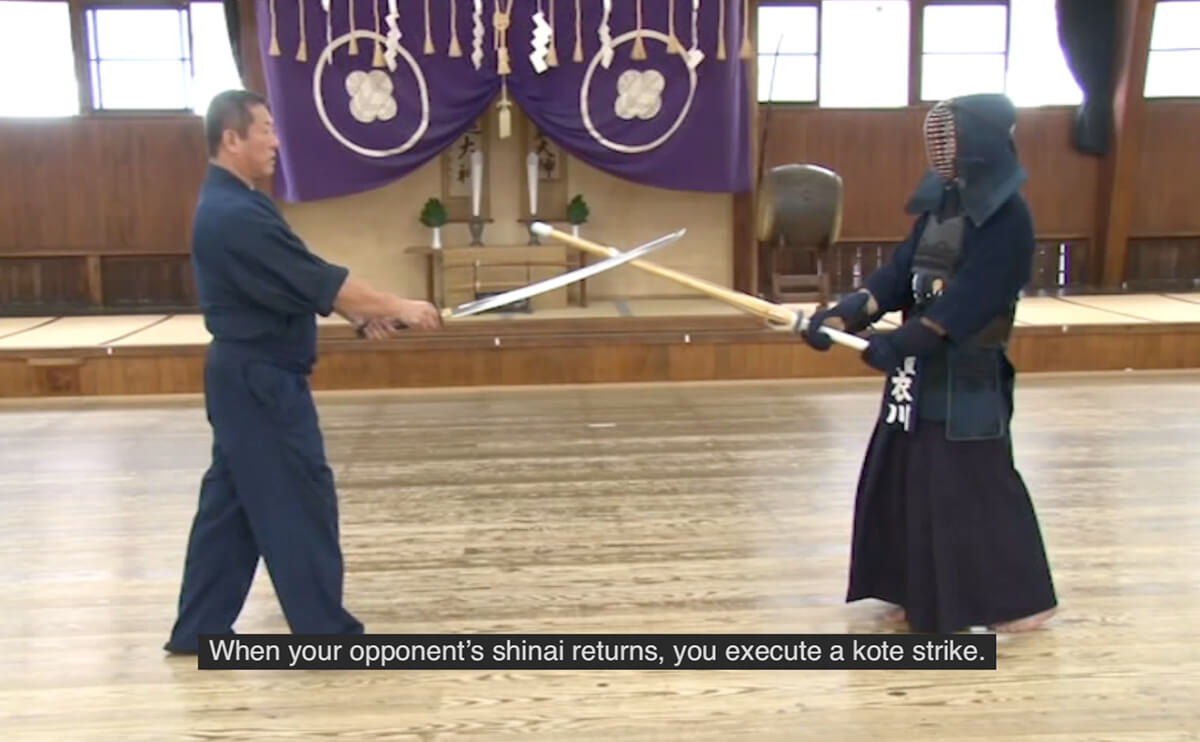
Single-Motion Strike
Accompanied by Footwork 2:
Seme onto the Center Line (Seme on Five Seigan)
The most fundamental stance in kendo is called “chudan.” You have your right hand and right foot forward and grab your shinai with a two-handed stance. This stance is good for offense and defense. Your kensaki should point straight at your opponent, but your opponent's kensaki is away from the center of your body.
You will learn to create a situation where the kensaki of your opponent's shinai is moved away from the center of your body while you take the center of your opponent's body.
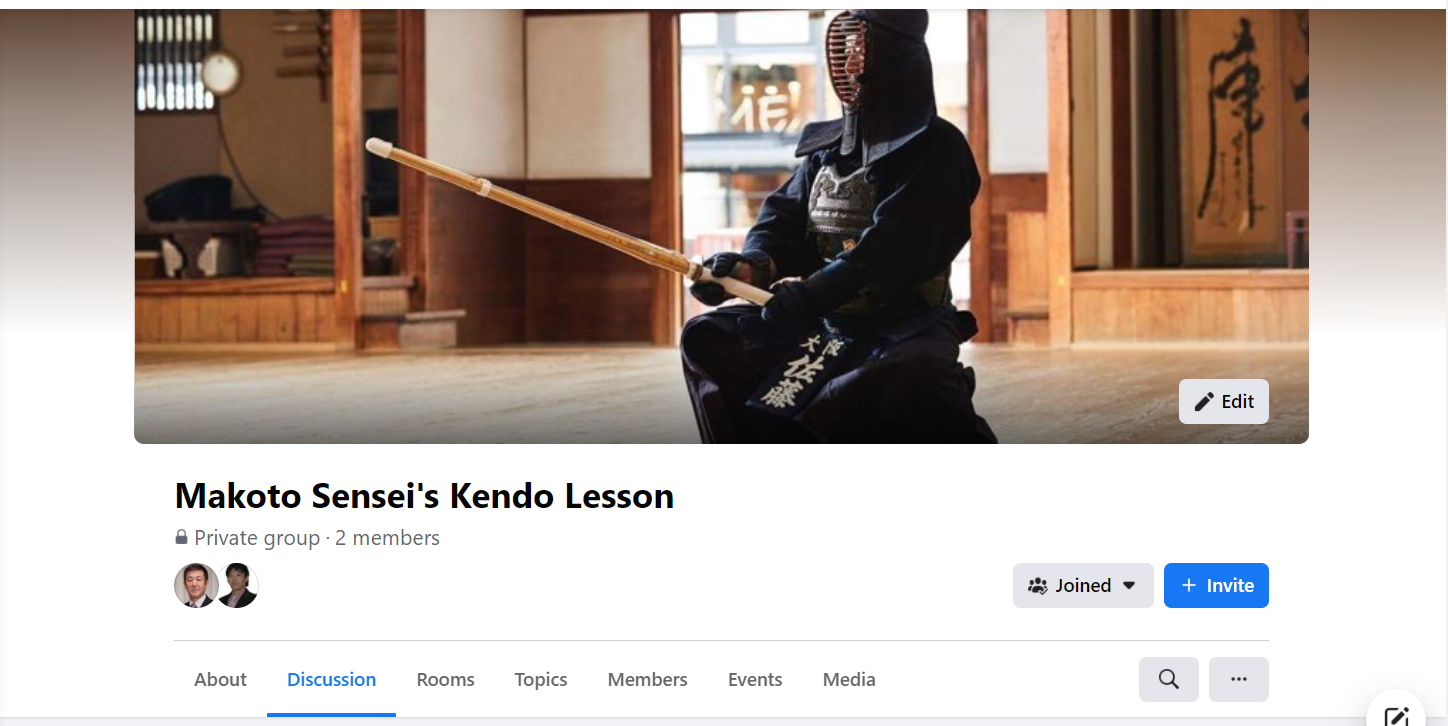
Private Facebook Group
Sorry. This private is closed now.
Offering "Suri-kaburi check" from Makoto sensei for those who purchased the videos before 10/15. And this private group ends 10/30.
After you purchase a video, you will get a link Makoto sensei's Kendo Lesson Private Facebook Group. This is only available for those who purchase the video/s before 10/15.
Share your suri-kaburi video in the group and he will check it. Since the suri-kaburi is the core movement of his theory, it is important to do it right.
This is free to those who purchased the video/s before 10/15.
Looking forward to seeing you!
“Strengthen your mind and body, and grow as a person”
No matter how many people claim a product is good, of course, you won’t know until you experience it for yourself. However, there are very few courses where you can easily learn and understand the truth of kendo from a kendo 8-dan. Here it is. Sato Sensei will serve as your exclusive sensei, showing you each lesson in detail.
After you finish the video course, you will be able to experience kendo at a higher level and apply incredible new skills in training. That is how valuable these videos are.
so many people don’t know real kendo.
That is why those who actually know it know the way to improve.
There are two paths in front of you. One path leads to a complex maze of tunnels. If you take this path, you will continue to walk in the dark, never knowing if your path is leading you towards the end of the tunnel. The other is a clear path that will lead you to your destination with all the signs you need to get there confidently.
Would you rather wander in the dark tunnel or go straight to your destination?
Only you can decide which path you take.
Please make the best choice for you.
FOR EVERYONE WHO ARE CHALLENGING
4-DAN, 5-DAN, 6-DAN AND 7-DAN
MAKOTO SENSEI'S KENDO LESSON
Learn Advanced Techniques
Strike and Thrust in One Movement with Ki Ken Tai Icchi
$150
Kendo High Grade Exam: Pass Yours with 4 Techniques
$150
TESTIMONIAL
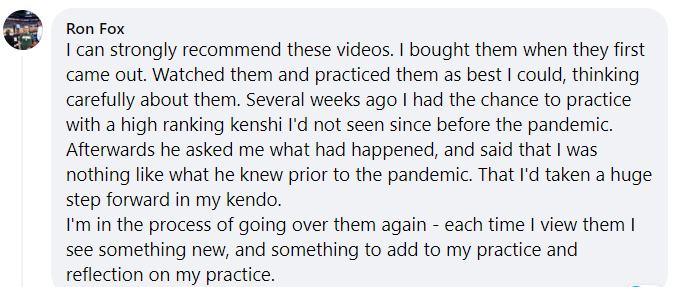
Voice from Customers
(From Anonymous Survey)
How Useful Is the Video You Purchased?
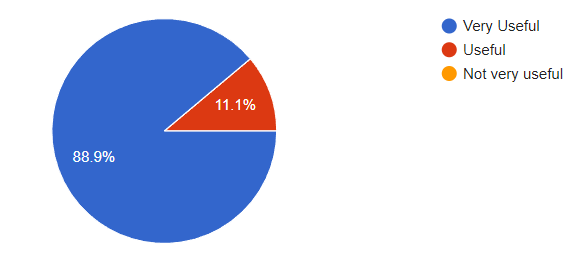
How Satisfied Are You with the video you purchased?
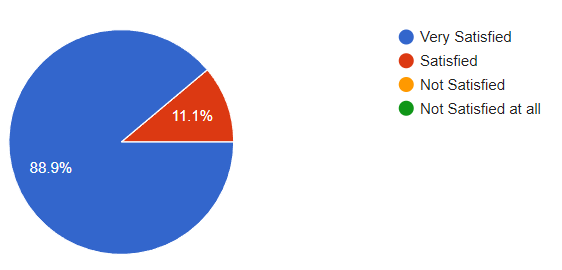
Please tell us what you liked about the video/s or what did you learn from the video/s?
- Clearly organized and progressive.
- They are very clear and provide insights into what I need to do to make the next steps to improve my kendo.
- High level teaching, good demonstrations
- I love the very simple and direct teaching points. If you follow them correctly, they work.
- The video are easy to understand with clear explanation. I felt even after few days of practice that I was improving (which also was noted om by a sensei in my dojo). So while its a Long way to it seems to be making a difference already.
- I haven’t watched the second video, but as an adult learner, surikaburi and the lessons there are helpful in conceptualizing ki ken tai ichi.
- They show the correct way for me to improve upon my kendo
- Very clear and easily recognisable recording of movements.
- Very detailed. I particularly liked Makoto Sensei’s choice to wear the samue in order to show specific movements.
Still Not Sure What You Can Learn?
Learn the Core Teachings of
Makoto Sensei's Kendo Lesson
Purchase Process
- Your purchase will be complete via PayPal.
- You will direct to a download page AND you will receive an email with the download information.
- If you have a problem or questions, please us this form.